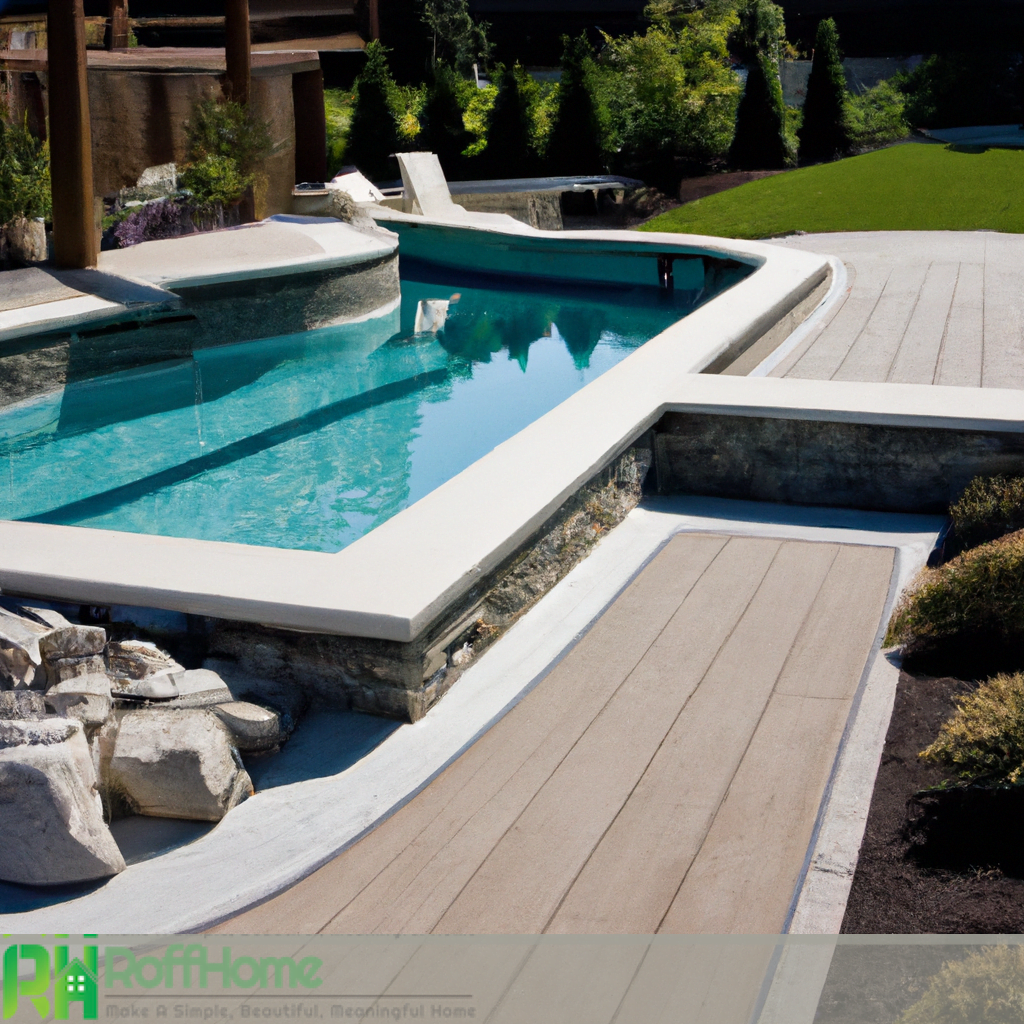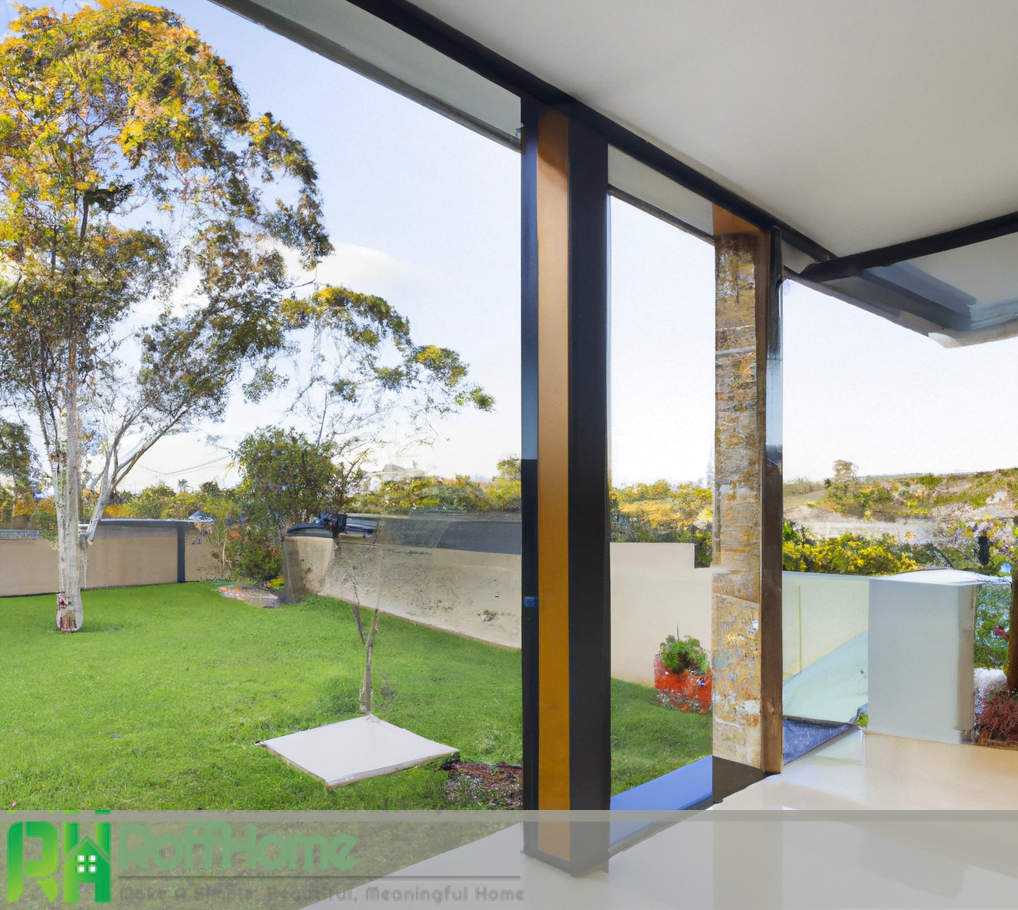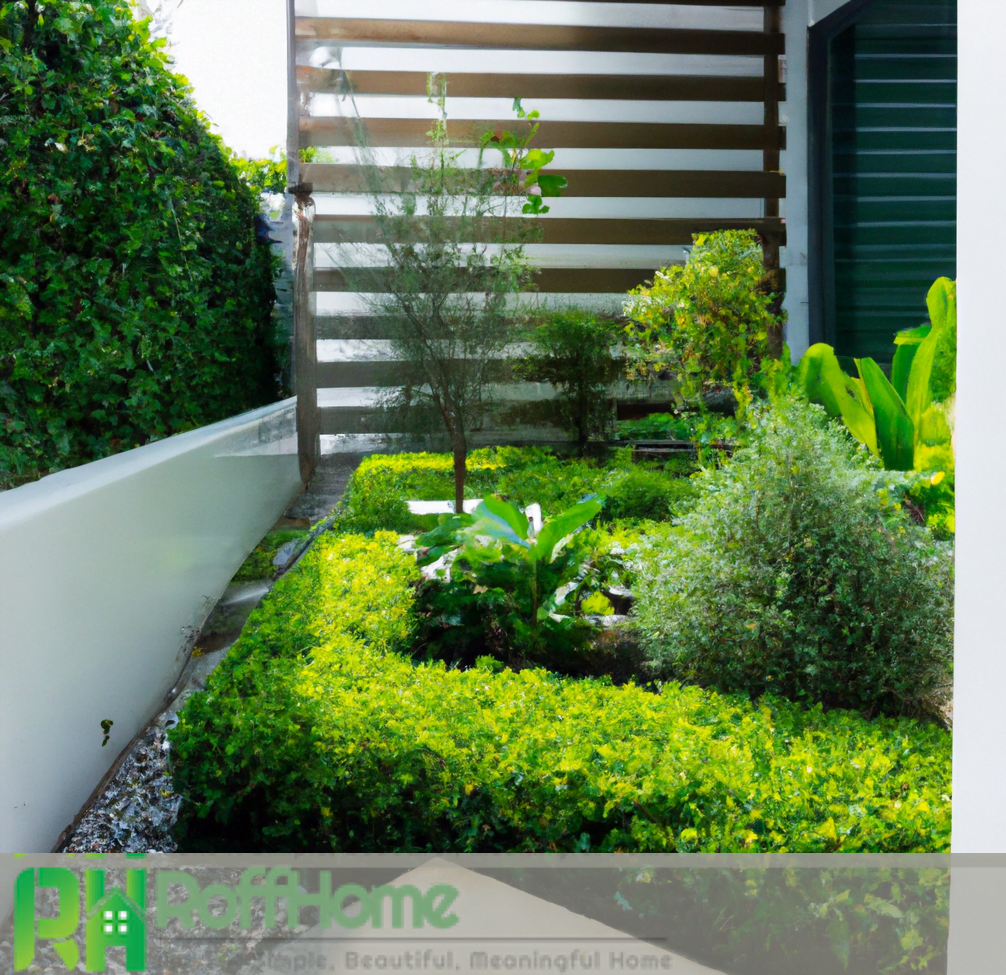Small Knot Garden Designs: Expert Tips to Elevate Your Outdoor Space
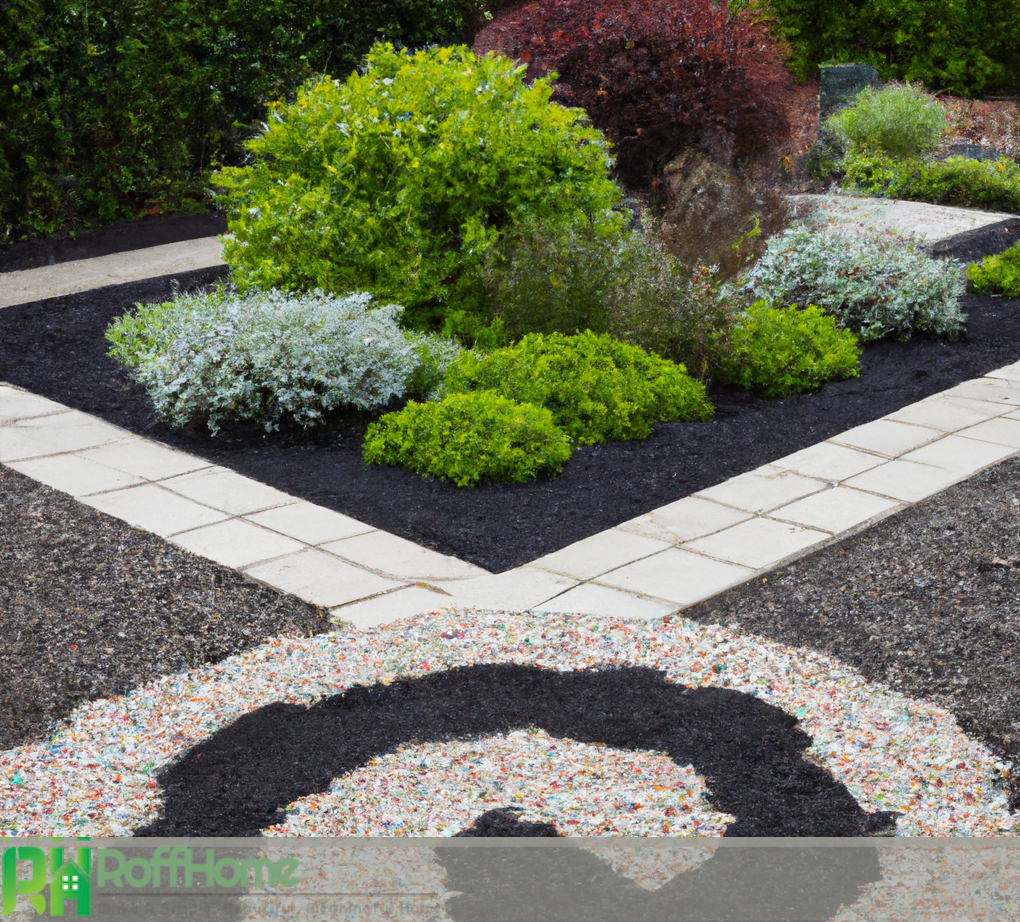
Small knot garden designs have been a popular landscaping trend for centuries, combining the beauty of intricate knotwork with the practicality of a small, low-maintenance garden. These gardens typically feature a geometric layout with a central focal point, bordered by clipped hedges or topiary, and filled with various plants and flowers.
When planning a small-knot garden design, careful consideration must be given to the layout, plants, and maintenance requirements. The design should reflect the overall style and theme of the surrounding landscape and consider factors such as limited space, year-round beauty, and water features.
Plants play a critical role in the success of small knot garden, with careful selection based on texture, color, and shape. Maintenance and care are also important factors, with regular pruning, shaping, and edging needed to maintain the intricate knotwork.
Creativity is essential when designing a small knot garden, as it allows for the incorporation of unique and personal touches. From traditional to modern designs, many options are available to suit any taste or theme.
small knot garden designs: A brief history and overview
Small knot garden have a rich and fascinating history dating back to the medieval era in Europe. These gardens were created to showcase the intricate knotwork patterns used in weaving and embroidery, with the knot patterns replicated using carefully trimmed hedges and plants. They were often found in the courtyards of monasteries and castles, where they were used for quiet contemplation and reflection.
Over time, small knot garden became more popular among the nobility and upper classes and were often used to symbolize wealth and status. They were commonly found in the gardens of grand country estates, where they served as a stunning visual focal point and a testament to the owner’s artistic sensibility.
Today, small knot garden are still a popular landscaping trend and have evolved to incorporate various styles, themes, and plant choices. They are a versatile option for gardens of all sizes, with designs ranging from traditional to modern and everything in between.
When planning a small-knot garden design, it is important to consider factors such as layout, plants, maintenance, and creativity. The layout should be carefully planned to incorporate a central focal point, bordered by clipped hedges or topiary, and filled with various plants and flowers selected based on their texture, color, and shape.
Maintenance is a critical factor in the success of small knot garden, with regular pruning, shaping, and edging required to maintain the intricate knotwork. Creativity is also essential, as it incorporates unique and personal touches that make the garden truly unique.
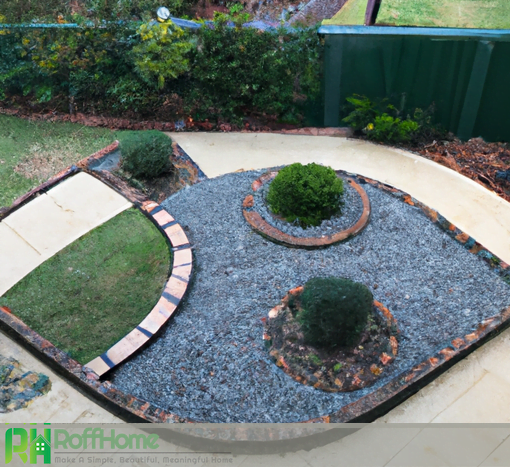
Different types of small knot garden designs
There are a wide variety of small knot garden, each with its unique style and characteristics. These designs can range from traditional to modern and incorporate a variety of plant choices and layout options. This section will explore some of the most popular types of small knot garden.
One popular type of small knot garden design is the traditional knot garden. This design typically features a geometric layout with a central focal point, bordered by clipped hedges or topiary. The garden is filled with various plants and flowers chosen for their texture, color, and shape. Traditional knot gardens often incorporate symmetry, balance, and repetition elements and are a popular choice for those looking to create a classic and timeless look.
Another type of small knot garden design is the modern knot garden. This design is characterized by its clean lines, minimalist aesthetic, and use of bold shapes and colors. Modern knot gardens often incorporate elements of asymmetry and irregularity and may feature unexpected plant choices and non-traditional layouts.
For those with limited space, a small knot garden design for limited spaces may be a great option. These designs are typically scaled-down versions of traditional or modern knot gardens designed to make the most of smaller areas. Layouts may be more compact, and plants may be chosen for their ability to thrive in smaller spaces.
Water features can also be incorporated into small knot garden, adding a soothing element to the space. These designs may include ponds, fountains, or waterfalls and can be integrated seamlessly into the layout.
How to create a small knot garden in a limited space
Creating a small knot garden in a limited space can be fun and rewarding, but it requires careful planning and attention to detail. This section will explore some tips and tricks for creating a beautiful and functional small knot garden in a limited space.
The first step in creating a small knot garden in a limited space is to choose the right location. Look for an area that receives plenty of sunlight and is protected from strong winds. Consider the size and shape of the space, and think about how you can use the existing features, such as walls, paths, or fences, to your advantage.
Once you have chosen the location, the next step is to design the garden’s layout. Consider incorporating symmetry, balance, and repetition elements, and choose plants and flowers suitable for small spaces. Use clipped hedges or topiary to create intricate knotwork patterns, and choose plants with interesting textures and shapes to add depth and interest.
When selecting plants, it is important to choose those suited to your garden’s specific conditions. Consider factors such as soil type, sunlight, and water requirements, and choose plants that will thrive in these conditions. Look for plants that are easy to maintain and require minimal pruning or shaping, making it easier to keep the garden looking neat and tidy.
Finally, consider adding elements such as water features, paths, or focal points to enhance the garden’s overall design. These elements create a sense of flow and movement within the space, adding to the garden’s overall aesthetic.
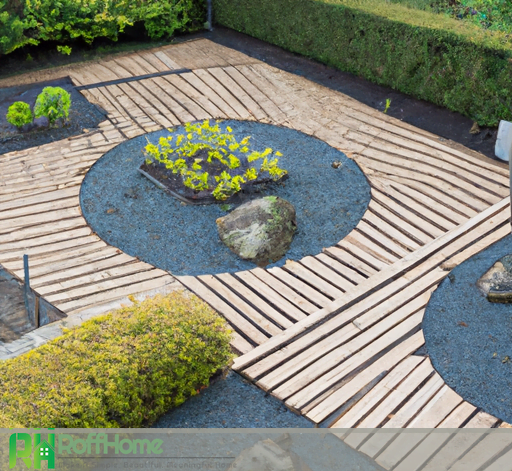
Combining small knot garden designs with other garden styles
Combining small knot garden designs with other garden styles can be a great way to create a unique and beautiful outdoor space. This section will explore some tips and ideas for combining small knot garden with other garden styles.
One way to combine small knot garden with other garden styles is to incorporate elements of a cottage garden. This style typically features a mix of plants and flowers chosen for their informal and relaxed feel. To combine this style with a small knot garden, consider incorporating a mix of colorful and fragrant flowers, including roses, lavender, and daisies, alongside the more structured knotwork patterns.
Another option is combining a small knot garden with a formal style. This style typically features symmetrical layouts, clipped hedges, and topiary. To combine this style with a small knot garden, incorporate more formal elements, such as a central focal point or geometric shapes, into the design.
Water features can also be incorporated into a small knot garden design, adding a soothing element to the space. Consider combining a small knot garden with a Japanese garden style, which typically features water elements, such as ponds, waterfalls, or streams, alongside carefully chosen plants and rocks.
Finally, consider combining a small knot garden with a modern garden style. This style typically features clean lines, minimalist aesthetics, and bold shapes and colors. To combine this style with a small knot garden, consider incorporating unexpected plant choices, such as succulents or ornamental grasses, and use non-traditional layouts to create a more contemporary feel.
How to Choose the Right Plants for Small Knot Garden Design
Choosing the right plants for a small knot garden design is key to creating a beautiful and functional outdoor space. This section will explore some tips and considerations for selecting the best plants for your small knot garden.
One of the first considerations when choosing plants for a small knot garden is the size of the space. It is important to choose plants that are suitable for the scale of the garden and won’t quickly outgrow the space. Look for compact, slow-growing plants that won’t require frequent pruning or shaping.
Another consideration is the color palette of the plants. Consider choosing plants that complement or contrast each other to create a visually interesting and cohesive design. Choose a color scheme that matches the overall theme or style of the garden, and consider incorporating a mix of foliage and flowers for added texture and interest.
When choosing plants, it is also important to consider their maintenance requirements. Choose plants that are easy to care for and won’t require a lot of watering or fertilization. Look for plants that are well-suited to the specific conditions of your garden, such as the amount of sunlight, soil type, and moisture levels.
Consider incorporating plants with interesting textures and shapes to add depth and interest to the garden. Clipped hedges or topiary can create intricate knotwork patterns, while ornamental grasses, ferns, or succulents can add contrasting textures and shapes.
Finally, consider incorporating plants that will provide year-round interest and beauty. Look for plants that will bloom at different times of the year or have interesting foliage or bark that will add visual interest during winter.
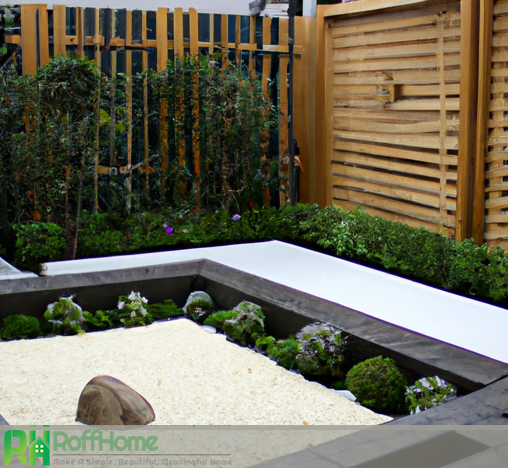
Planning Small Knot Garden Design: Tips and Tricks for Success
Planning a small-knot garden design is crucial in creating a beautiful and functional outdoor space. This section will explore some tips and tricks for successfully planning a small knot garden.
The first step in planning a small knot garden design is to choose a theme or style. Consider the overall aesthetic you are trying to achieve and choose plants, materials, and design elements that match that theme or style. This will help create a cohesive and visually appealing design.
Another important consideration is the layout of the garden. Small knot gardens typically have a central focal point and intricate knotwork patterns. Consider the size and shape of the space and choose a layout that maximizes the available space while still allowing for comfortable access and movement through the garden.
When planning the design of a small knot garden, it is important to consider the maintenance requirements. Choose plants and materials that are easy to care for and won’t require frequent pruning or shaping. Consider incorporating low-maintenance elements, such as gravel or mulch reduce the required maintenance.
Consider incorporating water features, such as a small fountain or pond add a soothing element to the garden. This can also create a sense of tranquility and relaxation in the space.
When selecting plants for a small knot garden, it is important to consider the size and shape of the plants, as well as their maintenance requirements. Look for plants that are well-suited to the specific conditions of your garden, such as the amount of sunlight, soil type, and moisture levels.
Maintenance and Care of Small Knot Garden Designs: Keeping Garden Healthy and Beautiful
Small knot garden designs require regular maintenance and care to keep them healthy and beautiful. This section will explore some tips and tricks for maintaining and caring for a small knot garden.
One of the most important aspects of maintaining a small knot garden is pruning and shaping the plants. This is necessary to maintain the intricate knotwork patterns and keep the garden looking neat and tidy. Use sharp, clean tools and follow the plant’s natural shape when pruning to avoid damaging the plant.
Regular watering is also important for the health of a small knot garden. Water plants deeply and regularly, especially during hot and dry weather. It is also important to avoid overwatering, as this can lead to root rot and other issues.
Fertilizing is another important aspect of caring for a small knot garden. Use a high-quality, balanced fertilizer and apply it according to the instructions on the package. Be sure to avoid getting fertilizer on the leaves or foliage, which can cause burning.
Weeding is another essential task for maintaining a small knot garden. Regularly remove weeds and other unwanted plants from the garden to prevent them from competing with the plants for water and nutrients.
Consider incorporating mulch or other ground covers to help retain moisture and suppress weeds. This can also help regulate the temperature of the soil and improve overall soil health.
Regularly inspect the plants for pests and diseases, and take appropriate action to address any issues. Consider using organic pest control methods to avoid harsh chemicals that harm plants and the environment.
The benefits of incorporating small knot garden designs in landscape
Small knot garden designs offer numerous benefits when incorporated into a landscape. This section will explore some of the key benefits of incorporating small knot garden.
First, small knot gardens offer year-round beauty and interest. These gardens are typically designed with evergreen plants that provide structure and form even during winter. This means a small knot garden can add visual interest and appeal to a landscape even when other plants are dormant.
Another benefit of small knot garden is their ability to fit into various spaces. These gardens can be designed to fit into small or oddly shaped areas, making them a great option for urban or suburban landscapes with limited space.
Small knot garden designs can also add texture and color to a landscape. The intricate knotwork patterns and carefully selected plant varieties can add depth and interest to an otherwise flat or boring landscape.
Incorporating small knot garden into a landscape can also create a sense of harmony and balance. The symmetrical patterns and carefully selected plant combinations help tie together different landscape areas and create a cohesive overall design.
Small knot garden can also create focal points or visual interest within a larger landscape. These gardens can be strategically placed to draw the eye and create a sense of drama or excitement.
Finally, small knot garden can also provide a sense of tranquility and relaxation. The careful arrangement of plants and the soothing sound of water features help create a peaceful and calming outdoor space.
Small knot garden designs are a traditional technique that continues to thrive in modern landscapes. With careful planning, plant selection, and maintenance, these gardens can provide year-round beauty, space efficiency, texture, and color while creating a sense of harmony and tranquility in any outdoor space.

